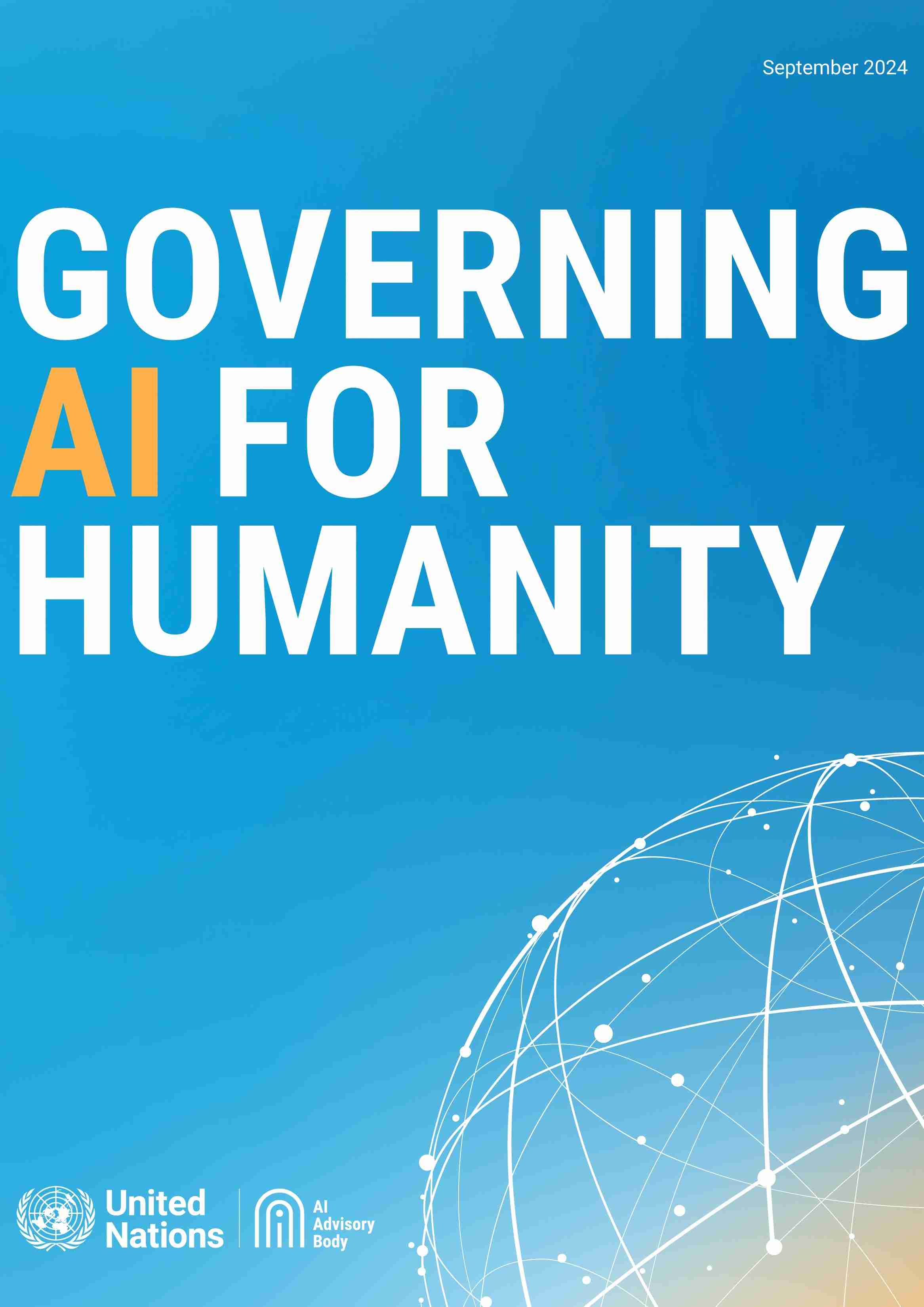Artificial Intelligence (AI) end-to-end: The Environmental Impact of the Full AI Lifecycle Needs to be Comprehensively Assessed — Issue Note was released by UNEP in September 2024. The note examines the environmental implications of AI across its entire lifecycle, from hardware production and data centers to model training, deployment, and end-of-life disposal. It provides guidance for policymakers and stakeholders on how to measure, mitigate, and govern AI’s environmental footprint.
Key Insights
AI systems create environmental impacts at every stage of their lifecycle, requiring a comprehensive approach to assessment.
Training and operating large AI models consume vast amounts of energy, often linked to carbon-intensive power sources.
Hardware production relies on resource-intensive processes, including mining and water use, that contribute to ecological degradation.
Data centers add significant energy and cooling demands, further increasing emissions and resource use.
End-of-life management of AI hardware raises challenges around e-waste, recycling, and hazardous material disposal.
Standardized metrics and methodologies for assessing AI’s environmental footprint are still lacking.
Stronger governance, regulatory frameworks, and incentives are needed to promote greener AI development and deployment.








